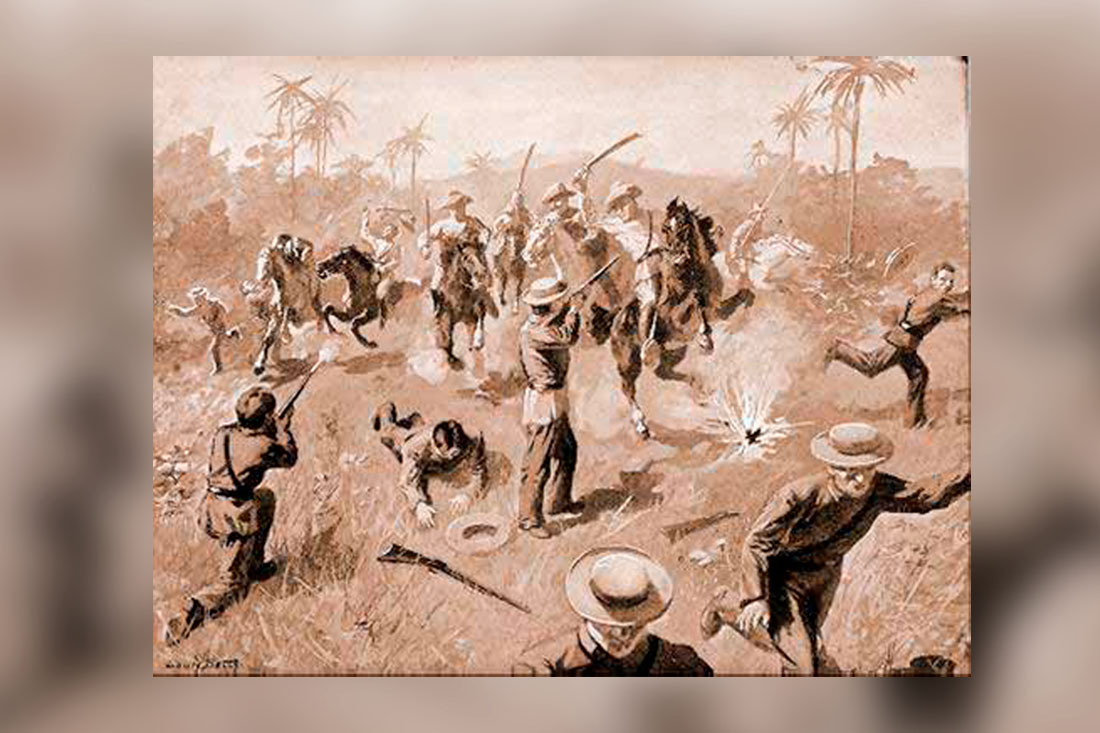Undoubtedly, one of the events of great connotation that the Cuban historiography of the wars for the independence of Cuba always addresses from different approaches, is the entry of Camagüey to the Great War, on November 4th, 1868.
The different interpretations that have been given to it are part of an entire analysis and debate, which have resulted in a set of investigations, in which the positions assumed by the people of Camagüey are made visible. Even so, the importance of the event goes beyond the various contextual readings and shows us that, although taking into account the previous ones, the final attitude assumed by a group of 76 individuals, who complied with the plans of Salvador Cisneros Betancourt and ratified the honor contracted one day before, it is the consequence of the evolution of a whole process that took place in El Camagüey, as part of a macro environment.
The way to go
The Uprising of Las Clavellinas, would set the libertarian path of an entire region and its men; but at the same time it would transcend as one of the first pages of the feat. It would be a response to the hesitations of some in not wanting to support the eastern insurgents, as the historian Elda Cento well affirmed, the search for unity would constitute, from the very beginning of the independence process, one of the most elusive elements.
Similarly, the researcher herself alleged that, from the very beginning, the particularities of the war conflict in Camagüey lands would be evident, because of those 76 young people who responded to the call, many had blood ties, since fourteen were Betancourt, twelve were Agramonte and many others Varona.
Beyond a date
Now, the call, which was full of emotions, resulted in a fruitful day, as the demostration continued to the El Cercado sugar mill, owned by Tomás Pío Betancourt.
According to Emilio Godínez Sosa, Eduardo Agramonte, one of the promoters and inspirers of the incorporation into the armed struggle, asks to speak and proposes that the group be organized and the Superior Chief be elected, being named Jerónimo Boza Agramonte. In addition, the appointment of those in charge of directing the seven groups that would make up the units of the nascent army is carried out.
The immediate future
The uprising was the first step, but from now on everything would be more difficult, since the confrontation was marked by factors of various kinds that cut short the proposed objectives and the victory. However, personalities of great caliber and natural leaders such as Ignacio Agramonte would appear who, despite not escaping from the problems of the moment, the progress in his actions, his thought was totally evident; hence the influence of the Major reaches our days.
Bibliography
Cento, Elda coords. Cuadernos de historia principeña 11. Patrimonio y legado al siglo XXI. Editorial Ácana. Camagüey, 2012.
Godínez Sosa, Emilio. Eduardo Agramonte Piña. Instituto Cubano del Libro, Editorial Arte y literatura. La Habana, 1975.
Translated by: Aileen Álvarez García






